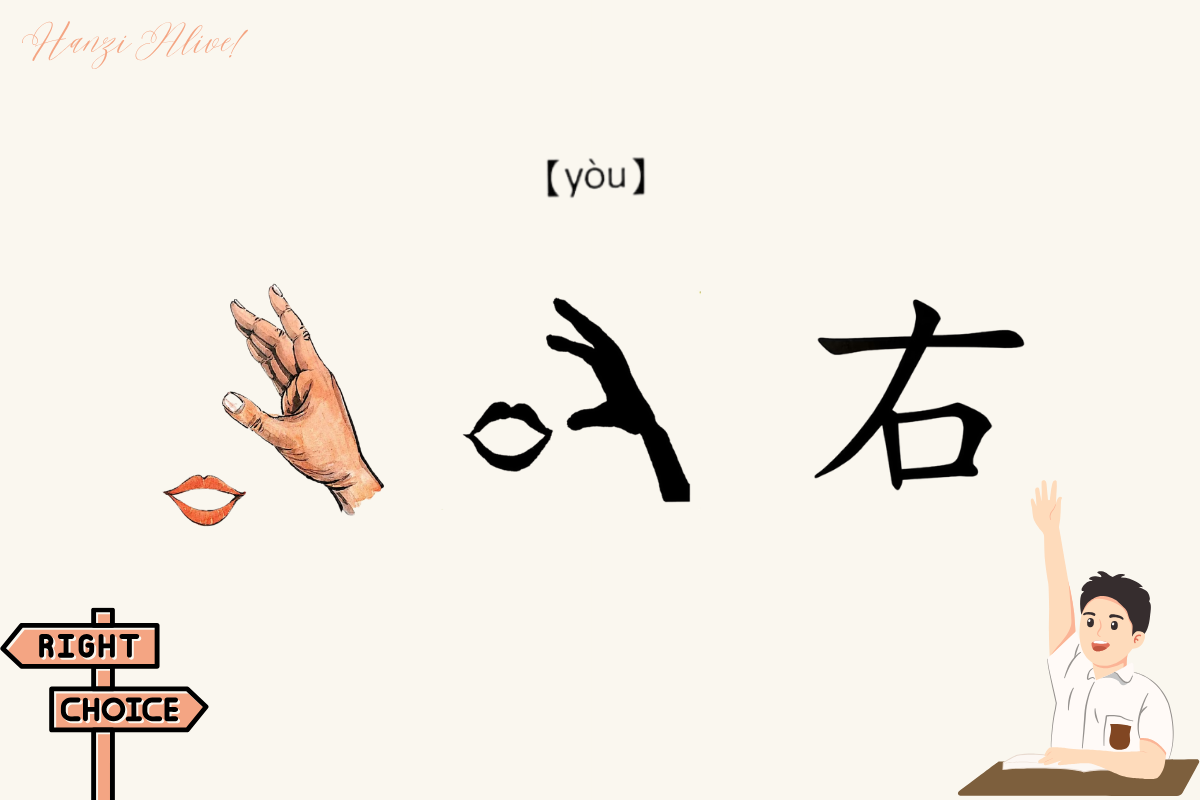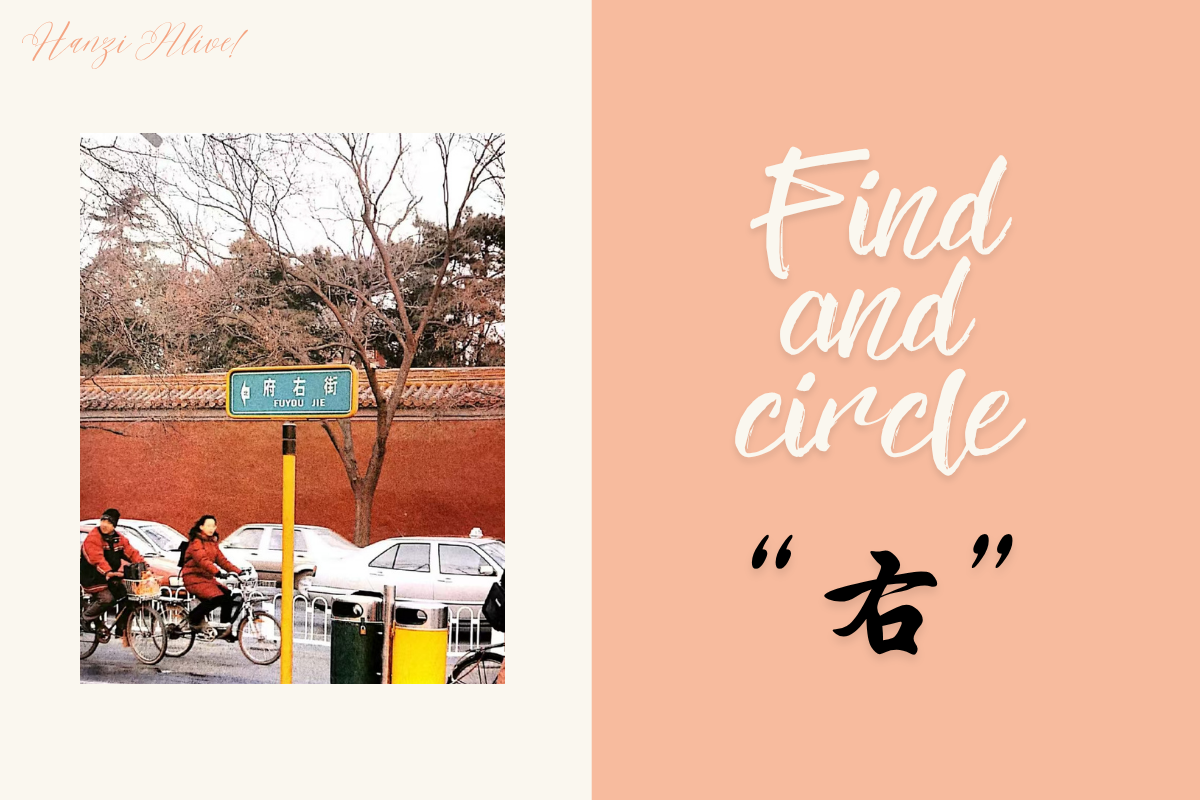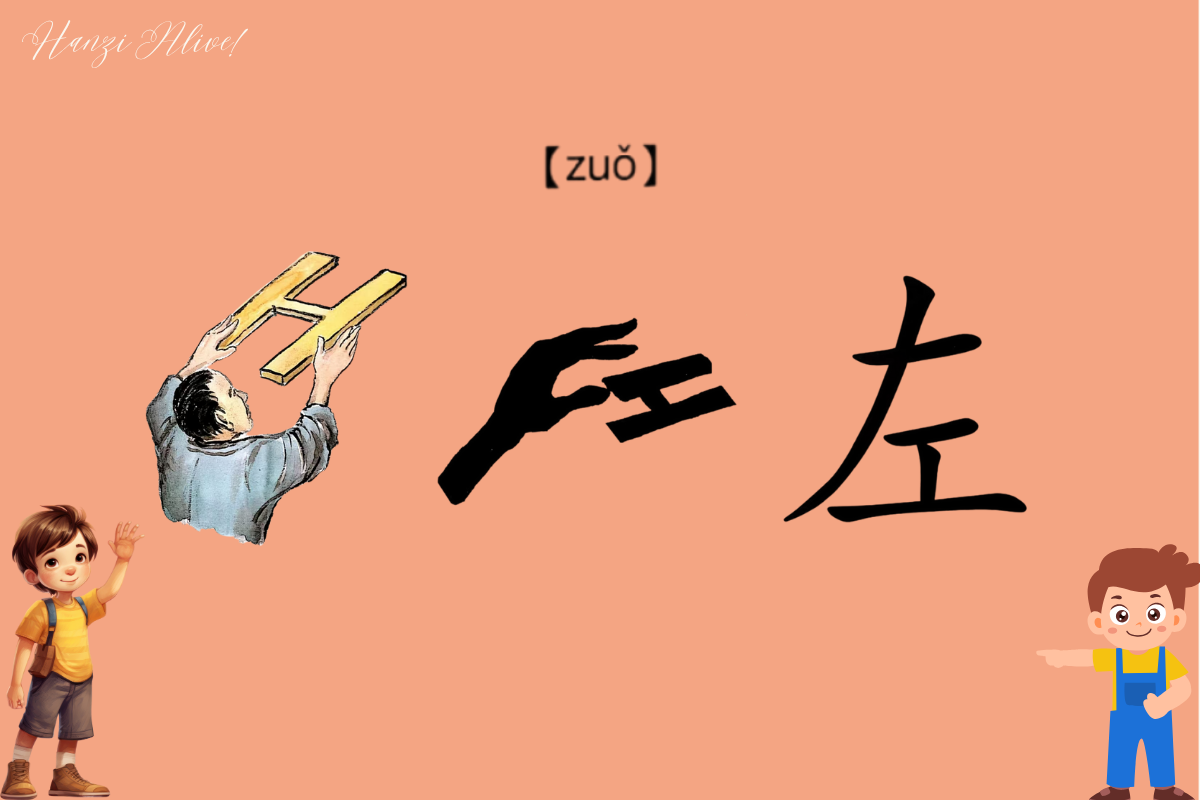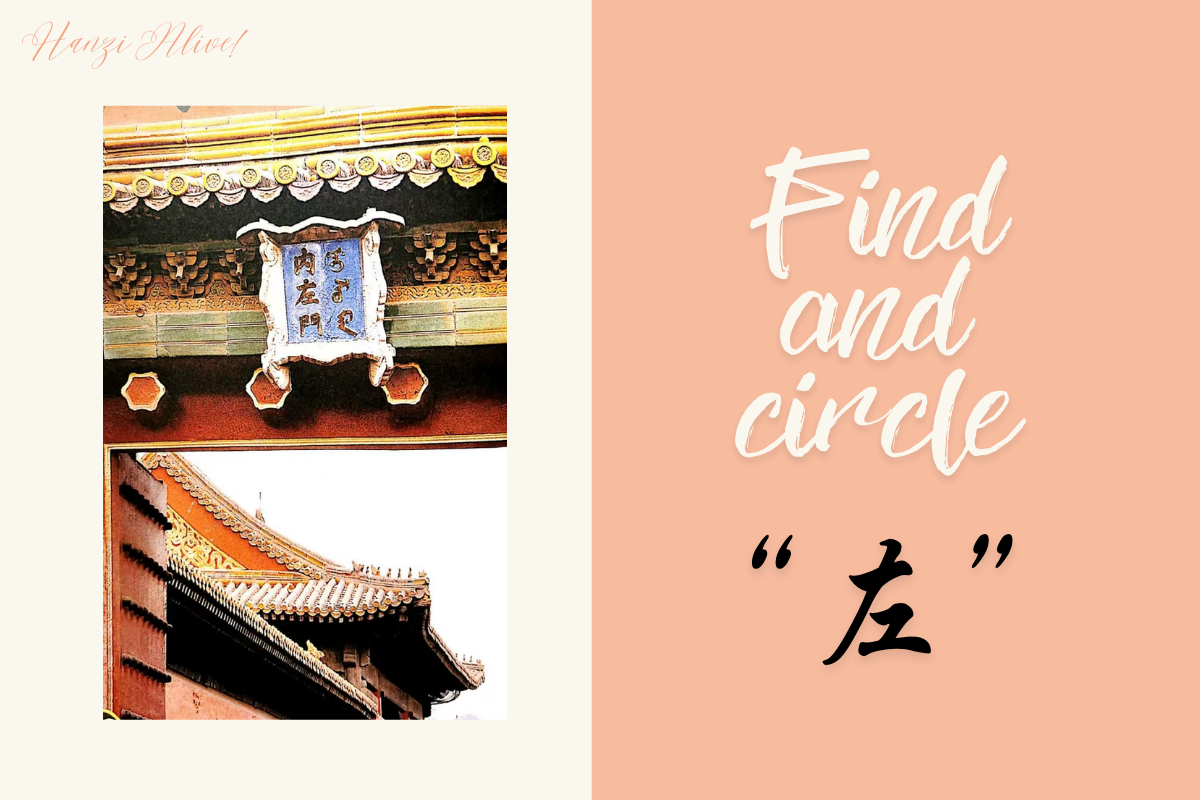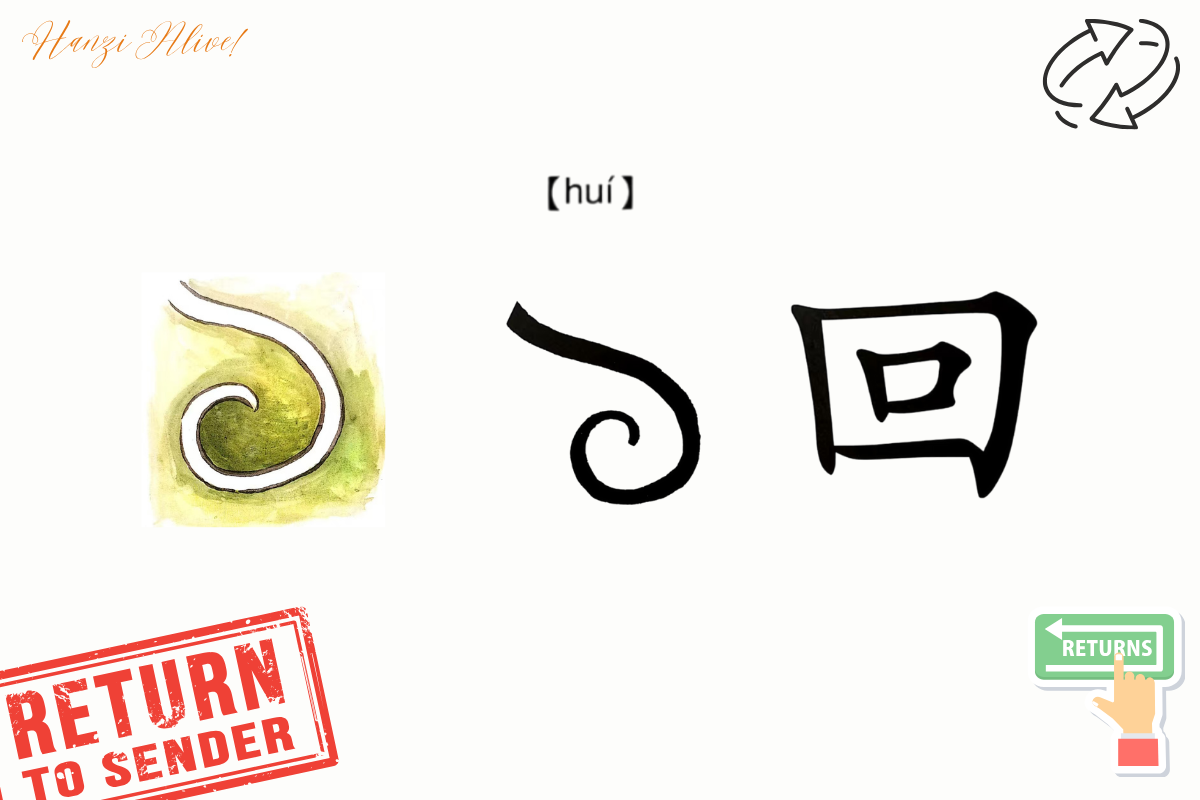Hanzi Alive!(17)
Chinese characters hold the wisdom hidden in gestures - '右' (yòu) is formed by combining 'hand' with 'mouth,' symbolizing the smoothness of doing tasks while talking; '左' (zuǒ) combines 'hand' with 'work,' depicting the focused measurement with a ruler; '回' (huí) traces out the winding path leading home. These three characters freeze-framed the daily life of ancient people through actions.
右(yòu)
Explanation
- The original form of "右" was simply a depiction of a right hand, later incorporating "口" for clarification. It signifies the idea of people often using their right hand while simultaneously speaking.
Example
- Turn right at the traffic light.
在红绿灯处向右转。
zài hóng lǜ dēng chù xiàng yòu zhuǎn. - The book is on your right side.
书在你的右边。
shū zài nǐ de yòu biān.
Find and circle "右" in the image
左(zuǒ)
Explanation
- The original form of "左" was solely a representation of a left hand. The addition of "工" later symbolizes a tool held by the left hand, likely a ruler, as people often hold a ruler with their left hand while using their right hand to mark or draw.
Example
- The store is on the left side.
商店在左边。
shāng diàn zài zuǒ biān. - Write with your left hand.
用左手写字。
yòng zuǒ shǒu xiě zì.
Find and circle "左" in the image
回(huí)
Explanation
- The character "回" is frequently used in expressions like "回家" (return home) and "回来" (come back). Evolving from the image of a river bend, "回" conveys the meanings of circling or returning.
Example
- I will return home at 6 PM.
我六点钟回家。
wǒ liù diǎn zhōng huí jiā. - The ball bounced back.
球弹回来了。
qiú tán huí lái le.
Find and circle "回" in the image

Now you have grasped this set of 'directional codes': the efficiency of the right hand, the precision of the left hand, and the warmth of returning home with '回' - Chinese characters serve as a time capsule, preserving the gestures of life from three thousand years ago within the strokes.
